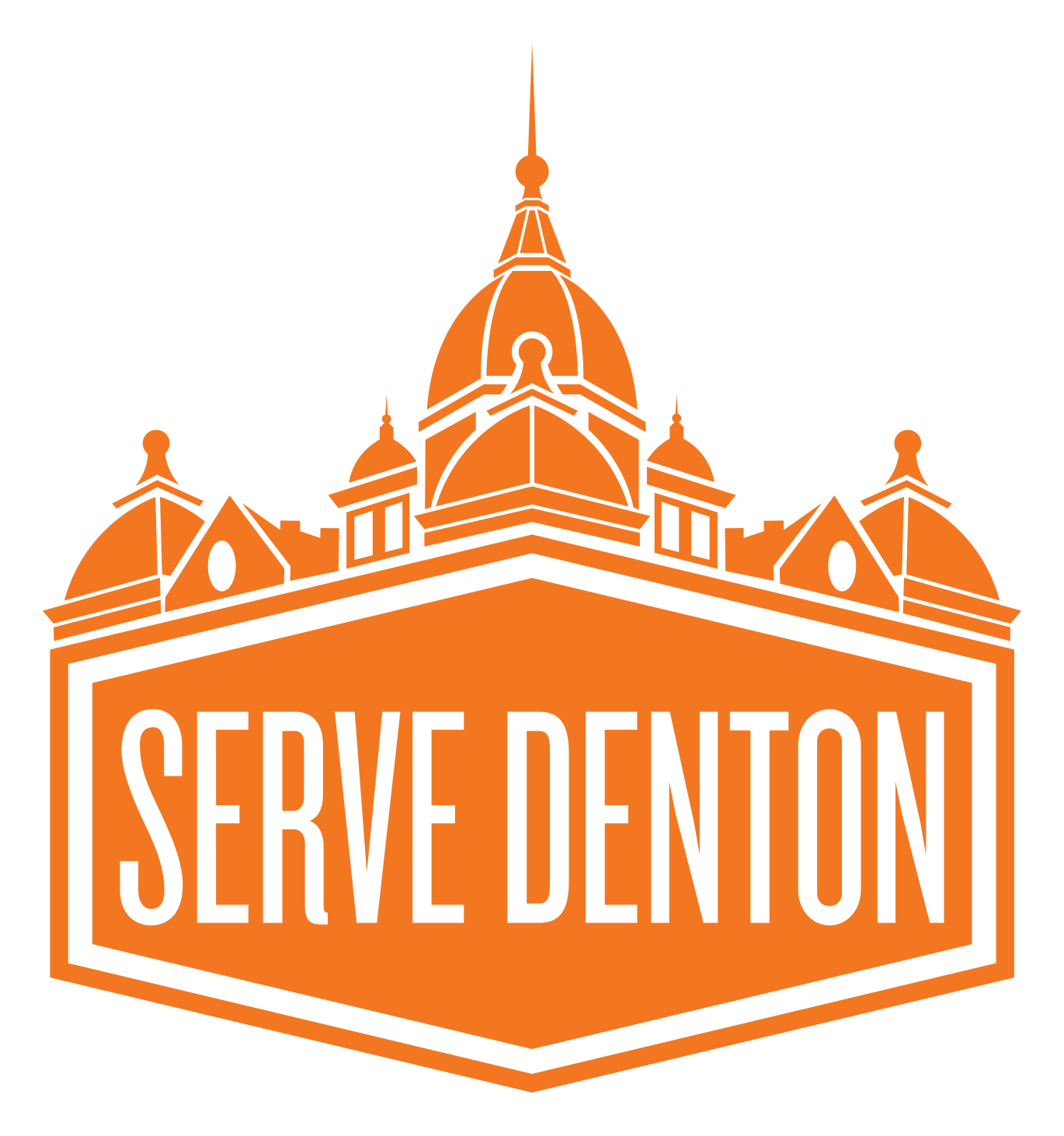
Our Strategy
How we do what we do.
Strategic Goals
Business System
Serve Denton Business System
Approved May 20, 2021
Our mission statement, “To partner with nonprofits to help make their services more accessible for people in need” captures who we serve, what we do, and why we do it. The Serve Denton Business System is intended to explain how we go about fulfilling our mission, and is intended to provide structure for our operations. It consists of four areas: philosophy, process, people, and problem solving. Within those four areas, we have identified fourteen principles we believe about how we aspire to conduct ourselves.
Philosophy: Adopt a long-term systems thinking.
Principle 1: Our management decisions are based on a long-term philosophy. Work like a tortoise, not a hare.
Process: The right process will produce the right results.
Principle 2: We create a continuous process flow to bring problems to the surface. Through the redesign of work processes we seek to eliminate waste (muda) through continuous improvement (kaizen).
Principle 3: We use "pull" systems to avoid overproduction. A "pull system" is a method where a process signals its predecessor that material or information is needed. The pull system produces only the required material after the subsequent operation signals a need for it. This process is necessary to reduce overproduction. Examples of overproduction are inspecting an item (e.g. an area of the building) more than is necessary or purchasing more of an item than needed because "it is a good deal."
Principle 4: We level out our workload (heijunka). Leveling helps minimize waste (muda), not overburden people or equipment (muri), and not create varying production levels (mura). Examples of leveling are planning recurring maintenance so several items are not due at one time.
Principle 5: We build a culture of stopping to fix problems to get quality right the first time. Quality takes precedence (jidoka). Any employee has the authority to stop operations to fix a quality issue.
Principle 6: Standardized tasks and processes are the foundation for continuous improvement and employee empowerment. Implementation of standards allows for continuous improvement (kaizen) from the people affected by that system. It empowers the employee to aid in the growth and improvement of the company.
Principle 7: We use visual control, so no problems are hidden. Included in this principle is the foundation for our 5S (sort, set, shine, standardize, sustain) Program. These steps are used to make all workspaces efficient and productive.
Principle 8: Use only reliable, thoroughly tested technology that serves our people and processes. Technology is pulled by operations, not pushed to operations.
People: Respect, challenge and grow our people and partners toward a vision of excellence.
Principle 9: We grow leaders who thoroughly understand the work, live the philosophy, and teach it to others. Without constant attention, the principles will fade. The principles have to be ingrained; it must be the way one thinks. Employees must be educated and trained to become and remain a learning organization.
Principle 10: We develop exceptional people and teams who follow Serve Denton's philosophy. Success is based on the team, not the individual. However, we invest heavily in our team members so they are prepared to contribute to the team.
Principle 11: We respect our extended network of partners and business partners by challenging them and helping them improve. We treat our vendors like we treat our employees, challenging them to do better, and helping them to achieve it, and thanking them for their contribution.
Problem Solving: Think and act scientifically to improve toward the desired future.
Principle 12: Go and see for yourself to thoroughly understand the situation (genchi genbutsu). The staff is expected to "go-and-see" operations. Without experiencing the situation firsthand, they will not have an understanding of how it can be improved.
Principle 13: We make decisions slowly by consensus, thoroughly considering all options; implement decisions rapidly (nemawashi). The following is our decision making process: Find what is really going on (go-and-see); determine the root cause; consider a broad range of alternatives; build consensus on the resolution; communicate the plan effectively across the team; execute the plan; adjust as we go; and assess how we did after completion.
Principle 14: We seek to become a learning organization through relentless reflection (hansei) and continuous improvement (kaizen). The process of becoming a learning organization involves being curious and humble. Every aspect of what we do is open for discussion and feedback.



